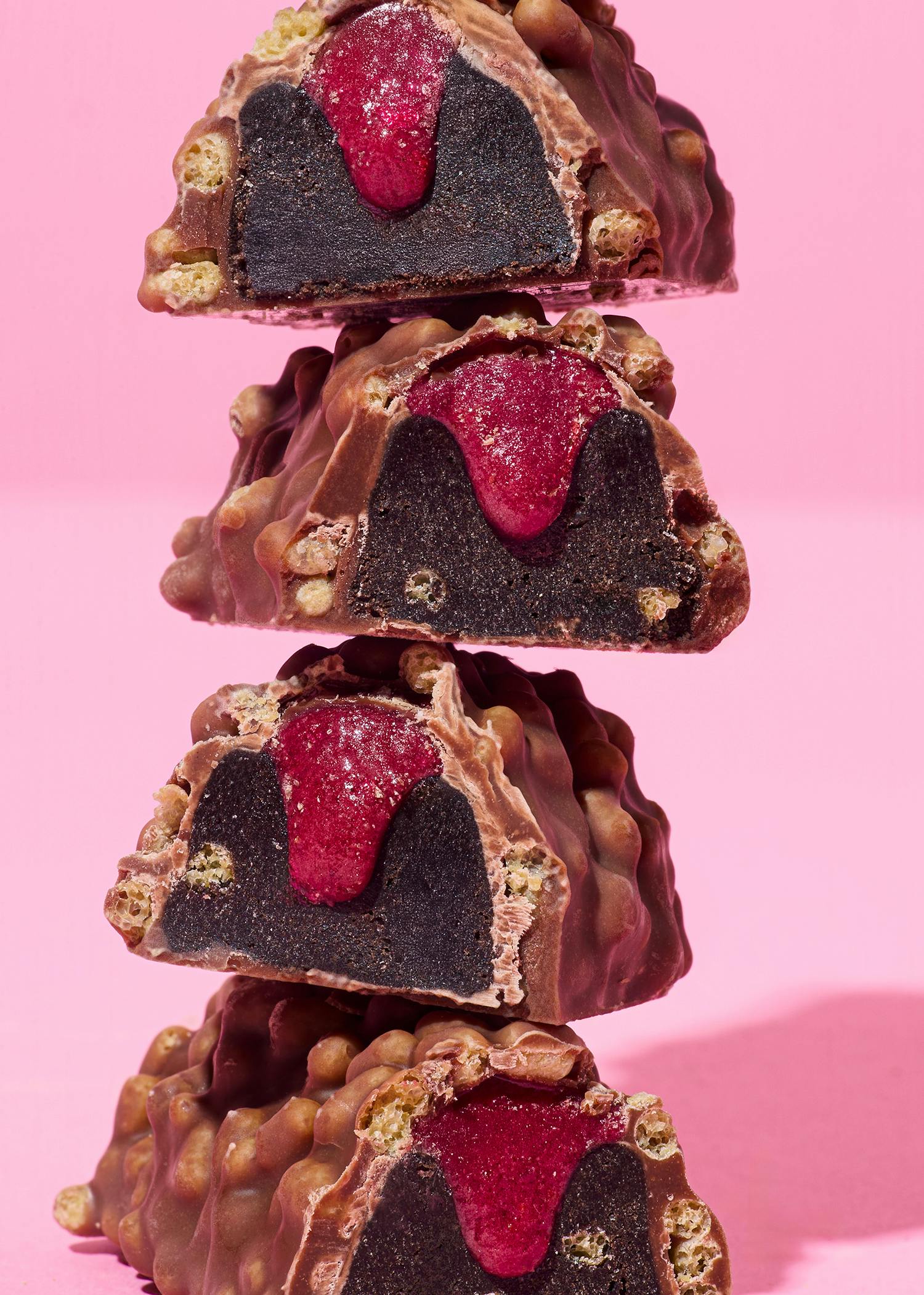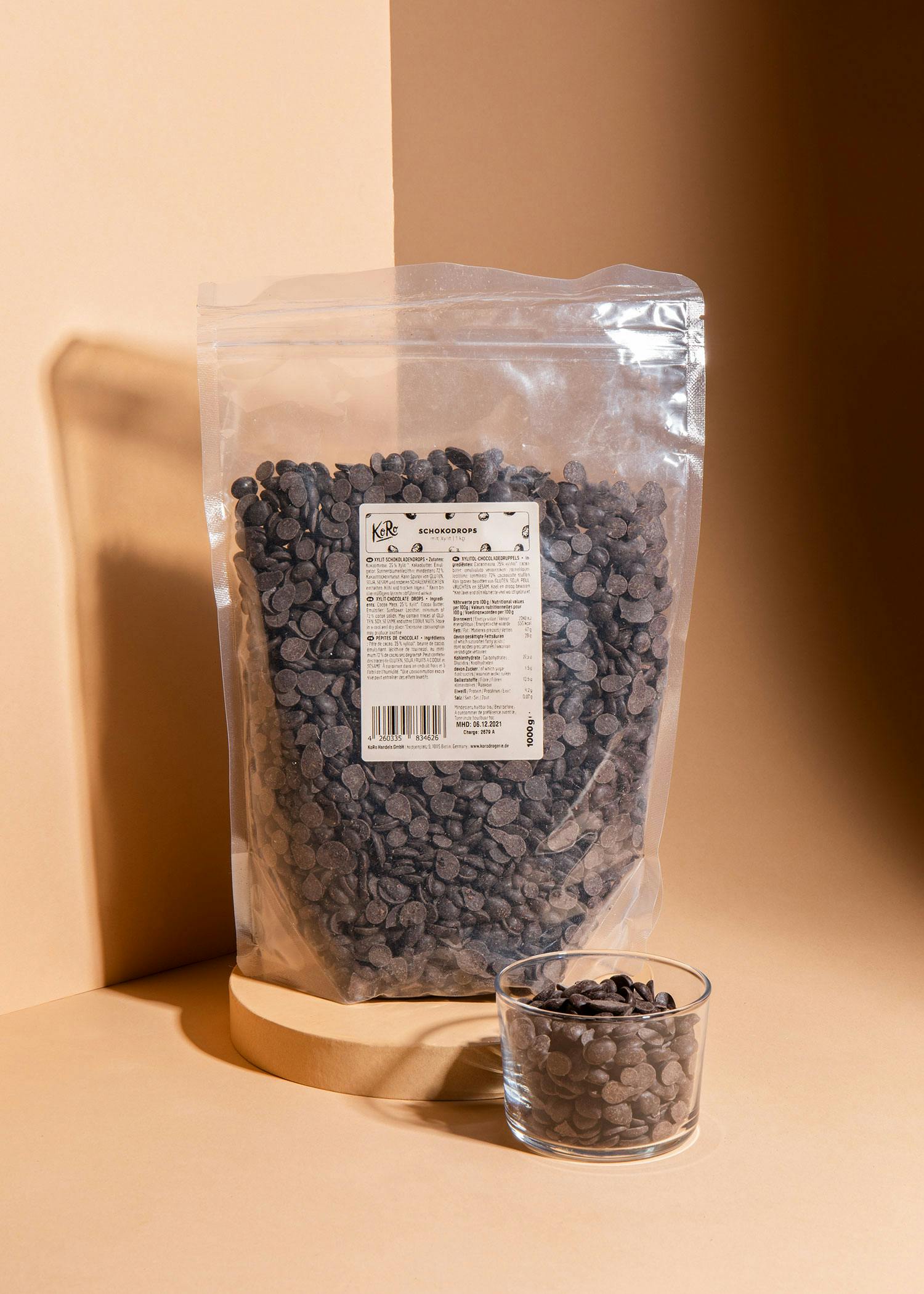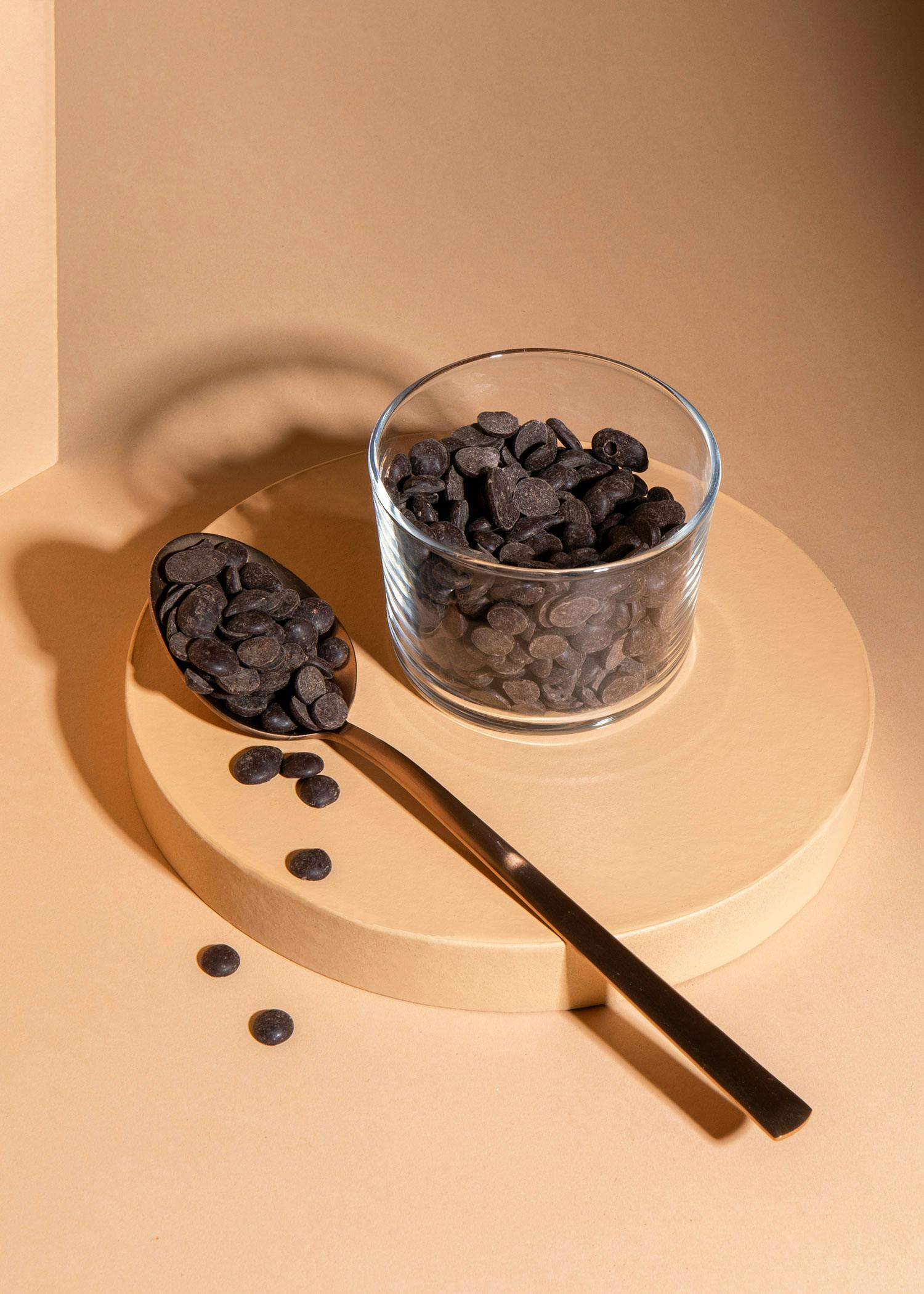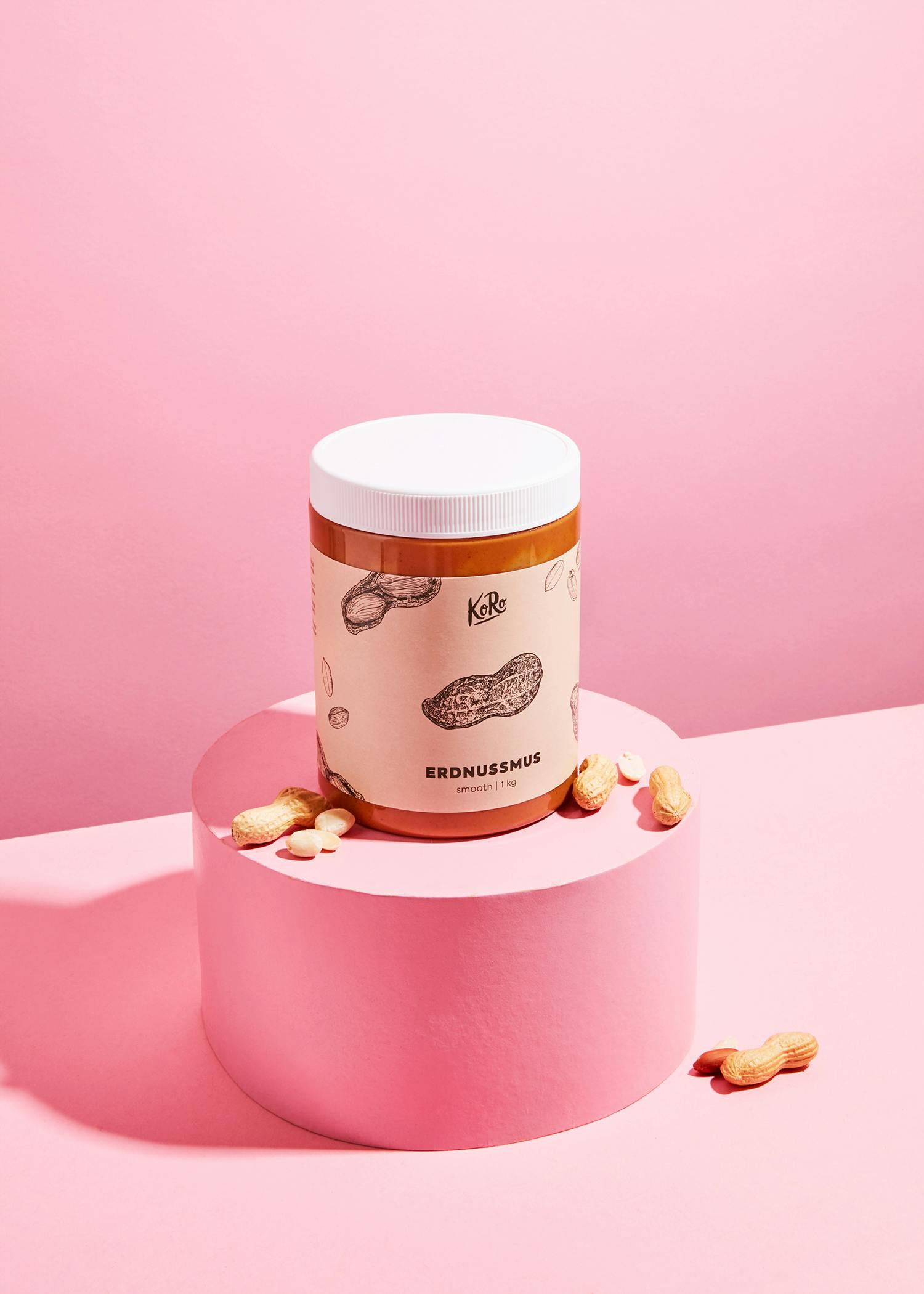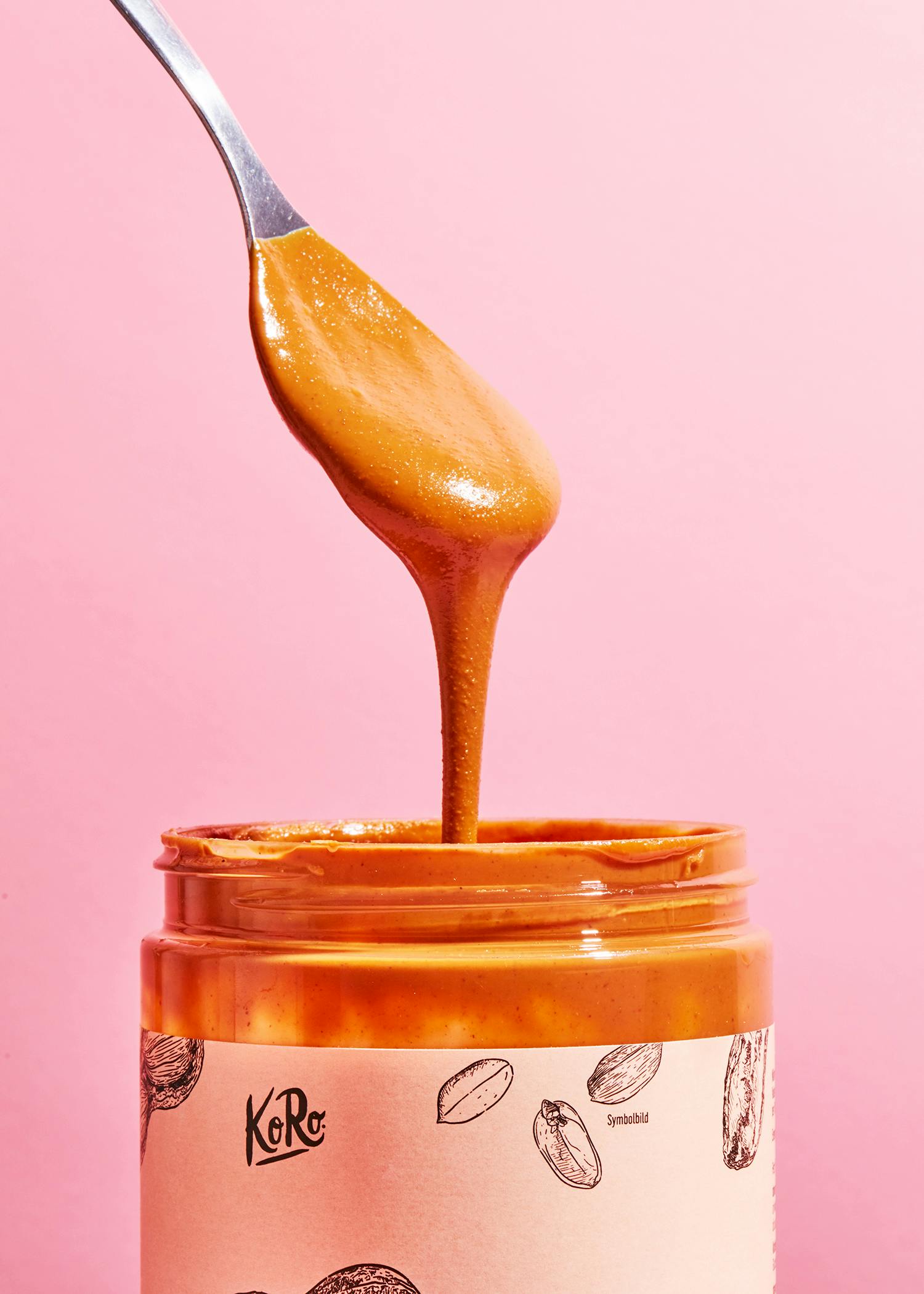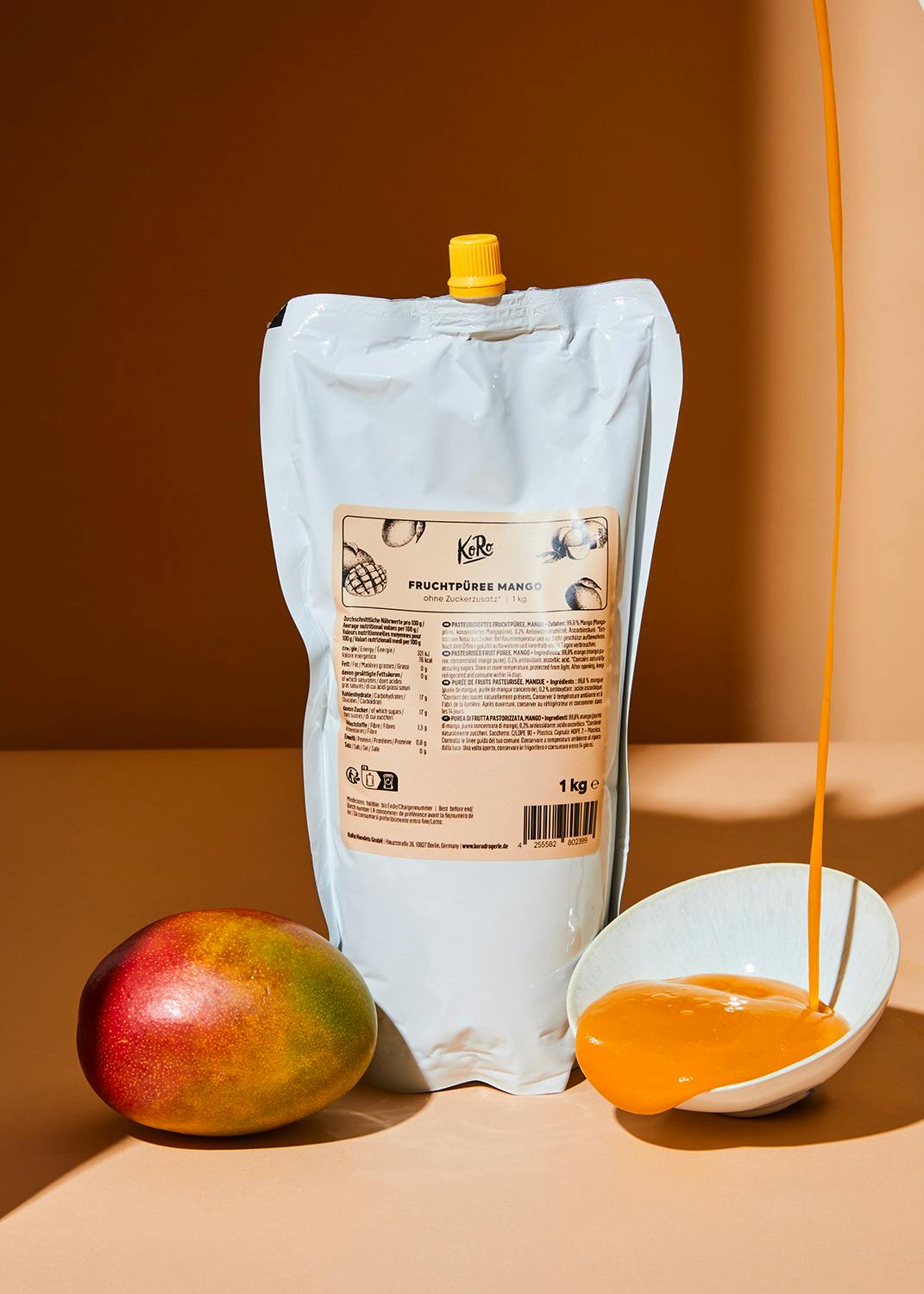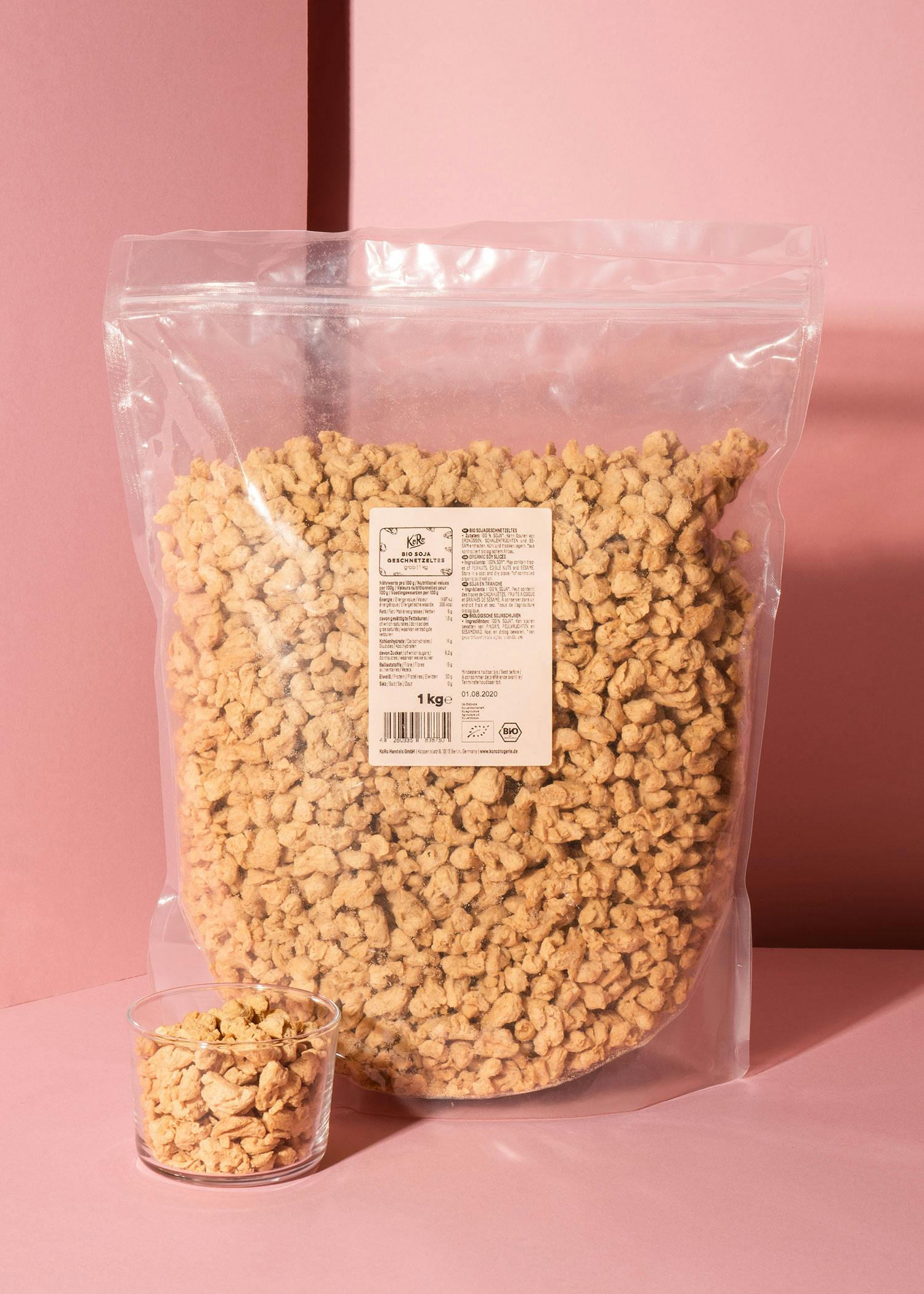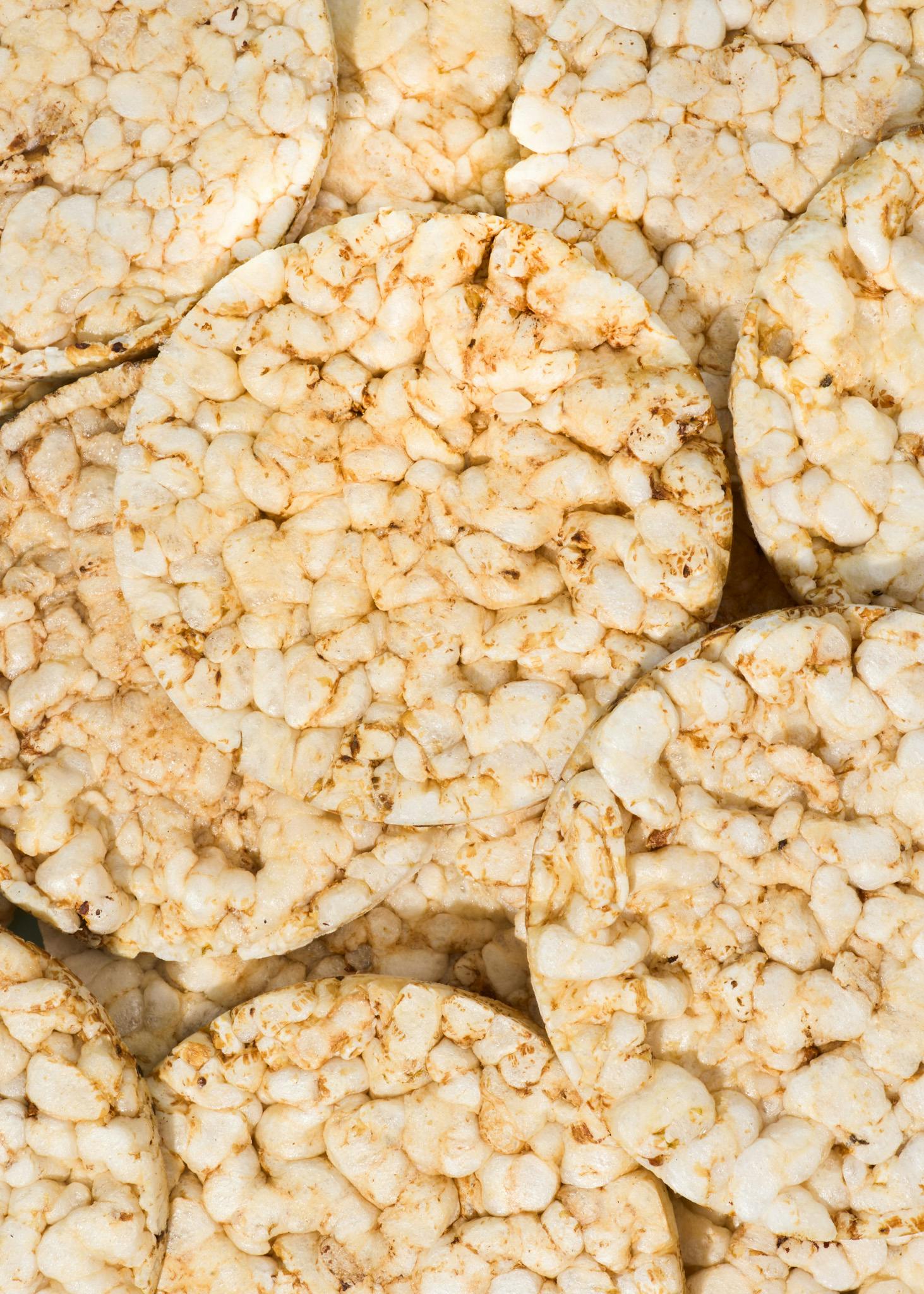Buy now: Konjac noodles in water 1kg
Shirataki noodles, which means "white waterfall," are also known as konjac noodles. This not only sounds quite magical, but it is: our konjac noodles make fat-free pasta enjoyment possible. The noodles made from konjac flour harmonise wonderfully with Asian vegetable woks, but also with Italian tomato sauce with basil. No wonder konjac noodles are sold in some places under the name "Miracle Noodles".
An alternative to pasta
This much up front: konjac has nothing to do with the French brandy cognac. Konjac is the tuber of an Asian lily plant called devil's tongue, from which the flour for our konjac noodles is extracted. Inside the konjac root is glucomannan, an extremely swellable dietary fibre. Comparing the same amounts of prepared konjac noodles and durum wheat noodles, konjac noodles have significantly fewer calories and carbohydrates.
Easy to prepare
It all sounds so good, there must be a catch somewhere. Wrong! Even the preparation of konjac noodles is very easy: you only have to boil the selected amount of noodles in water for five minutes and then rinse them with cold water for five seconds. If you now drain the cooked noodles briefly, the long white spaghetti are already ready. And ready to soak up the flavour of your sauce perfectly.
The cooked konjac noodles taste great with vegetable stews, in Asian summer rolls or as an addition to soups. Konjac noodles are also the perfect match when sautéed with soy sauce and tahini or with braised tofu. If you are more of an Italian pasta lover, you can simply stir the konjac noodles into your favourite soy bolognese and let it simmer briefly. The flavourless konjac noodles absorb the sauce perfectly. Since the spaghetti is colourless, the difference is not even visually noticeable on the plate. In short: a great alternative to wheat noodles!
What's special about our konjac noodles in water
Konjac noodles are still a rarity in this country. You may have seen them in small packets in Asian markets or online shops. Thanks to us, you don't have to settle for these piddly little noodle nests, but can get konjac noodles in bulk - at a bargain price, of course. So you can dose your konjac noodles yourself according to your hunger.
Note: the nutritional values refer to the cooked product.
| Average nutritional values | per 100 g |
|---|---|
| Calorific value (in kj/kcal) | 25 / 5 |
| Fat | 0 g |
| thereof saturated fatty acids | 0 g |
| Carbohydrates | 0 g |
| thereof sugar | 0 g |
| Dietary fiber | 2.7 g |
| Protein | 0 g |
| Salt | 0 g |
| Product number: | SHIRA_012 |
|---|---|
| Best before date | 28.10.2026 |
| Origin | China |
| Origin (Processing) | China |
| Content | 1 kg |
| Manufacturer | KoRo |
| EAN/GTIN | 4255582815344 |
| Data sheet | Specification |
| Nutrition traces | Nutrition traces |
| Shipping | Delivery time outside of Germany |
| Company |
KoRo Handels GmbH Hauptstraße 26, 10827 Berlin |
| Storage Advice | Once opened, store in the refrigerator and consume within 4 days. |
| Ingredients | 95.7% water, 4% konjac flour, 0.3% citric acid |
| Trade Name | Noodles made from konjac flour, in water |
| Label note | Ingredients, nutritional values, and packaging may change. For exact information, please check the product description. |
This is how the price has developed over time
All data without guarantee!
What others say about Konjac noodles in water 1kg
Login
Question
Optimal for the diet :D




